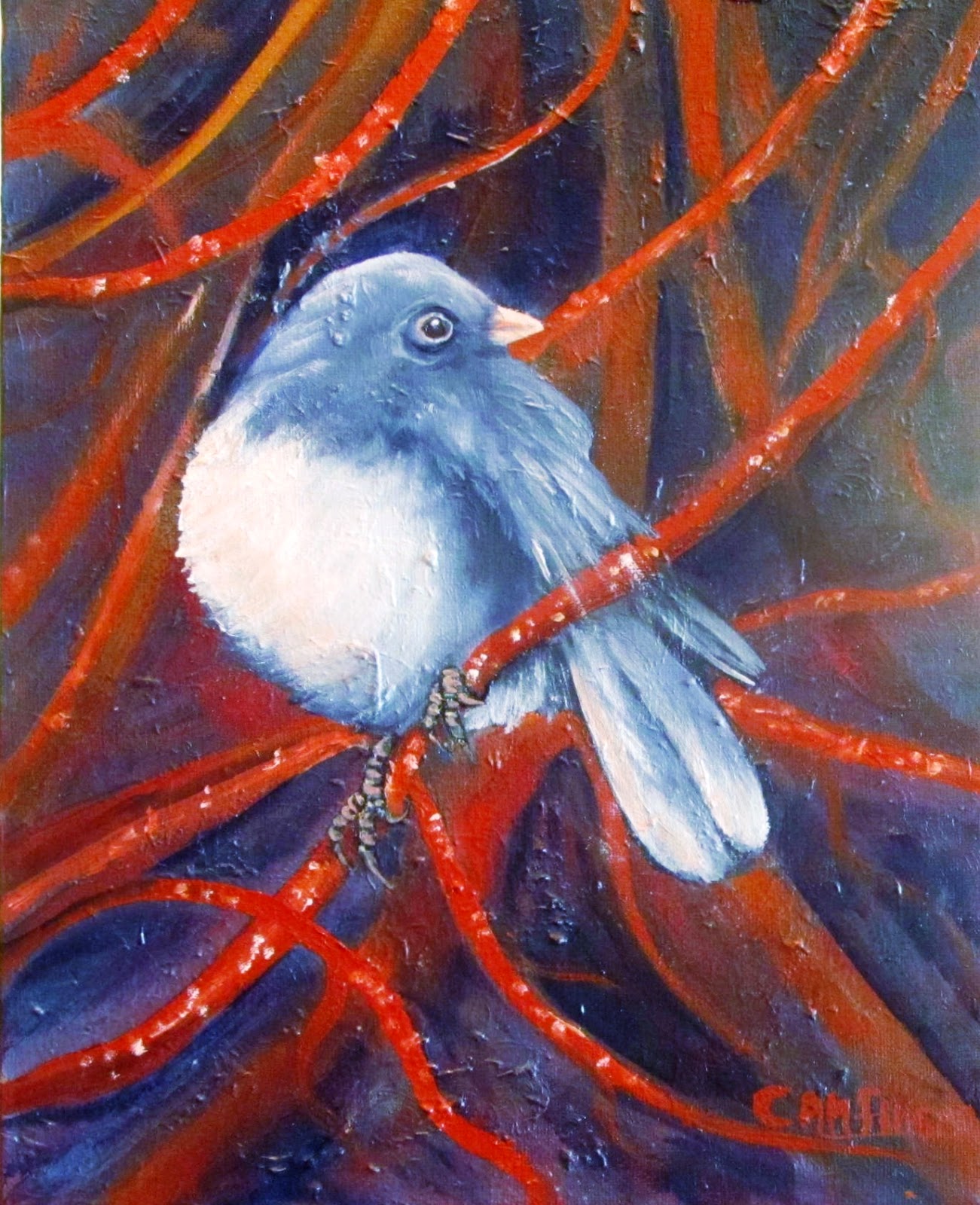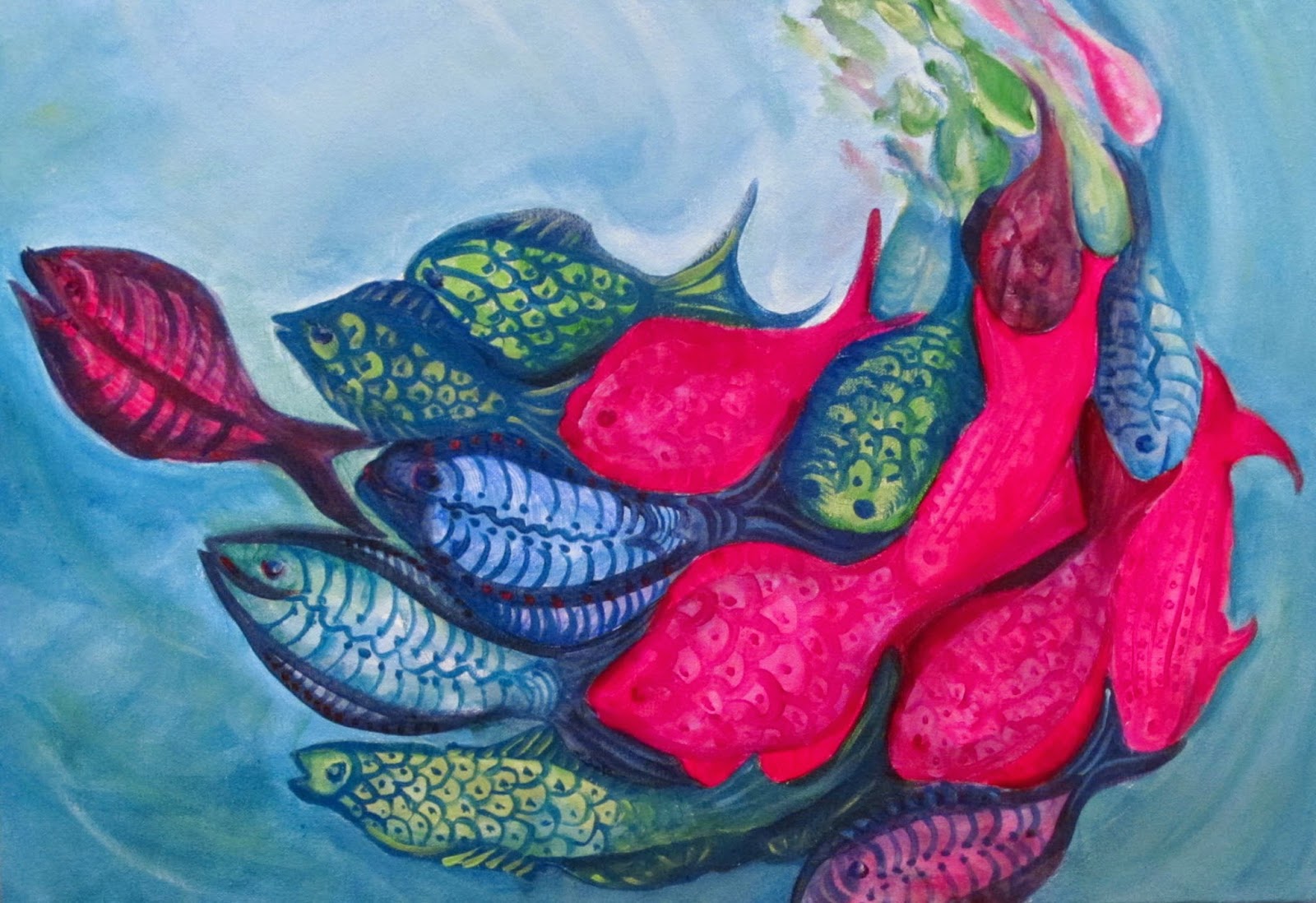 |
| "Twigs and Twitters" 11x14 oil on canvas |
The bells are sounding, balloons are dropping, fireworks are exploding. A chorus of
“auld Lang syne” rises on the crisp air. Couples kiss, and a glimmer of hope
glazes every eye. Old things are gone, but not forgotten. The New Year is upon
us.
Remembered
are the things we’ve done that need a “do over.” The mistakes we’ve made that
haunt our thoughts. The angry words spoken now hanging heavy on our list of regrets.
Perhaps next year will be better, we think. If I just try harder, maybe
everything will be all right.
The problem
is we can never get better on our own. No matter how hard we try, alone we
usually fail. Some people add prayer to the equation which gives them strength.
Others need the encouragement of family or friends. Alone, we may cave in or
hold a pity party in our honor. We may sink into depression. Together we become
strong.
No wonder
groups like Alcoholics Anonymous have a buddy system to keep each other on
track. They also look to a higher power than their own. There is no shame in
depending on others, especially God. There is no dishonor in failing to achieve
alone what you desire.
 |
| (First lay-down of acrylic paint on 11x14 canvas) Decided to eliminate egg-beaters! |
Self esteem
is increased when we refuse to give up. It is strengthened when we get back up
after we fall and try again. I’m battling my own problems. My eyesight is not
as good as it used to be and the monovision contact lenses I wear make it
difficult to see perspective and detail accurately even with the aid of
glasses. Arthritis in my hands is making it increasingly difficult to paint or
draw a straight line. I don’t have the mastery and control I once did.
We all have
challenges we need to cope with and problems that arise each day. The New Year’s
lighted torch can inspire us with hope as we overcome discouragement. Like
Olympic runners who keep their eyes on the goal, we must keep our dreams and
hopes in clear focus. If we falter, it’s usually because we take our eyes off
the prize.
When I give
my “pep talks” I’m usually the audience I have in mind. Of all people in the
world, I need those words of encouragement the most. If my words can help
others, too, then I’m pleased.
I wish you a happy and successful New Year, dear
friends. Don’t give up, because I’m counting on you to show me the way!
 |
| (Work-in-progress) More layers of paint. |






































.jpg)



.jpg)
.jpg)
.jpg)
.jpg)
.jpg)
.jpg)
.jpg)
.jpg)